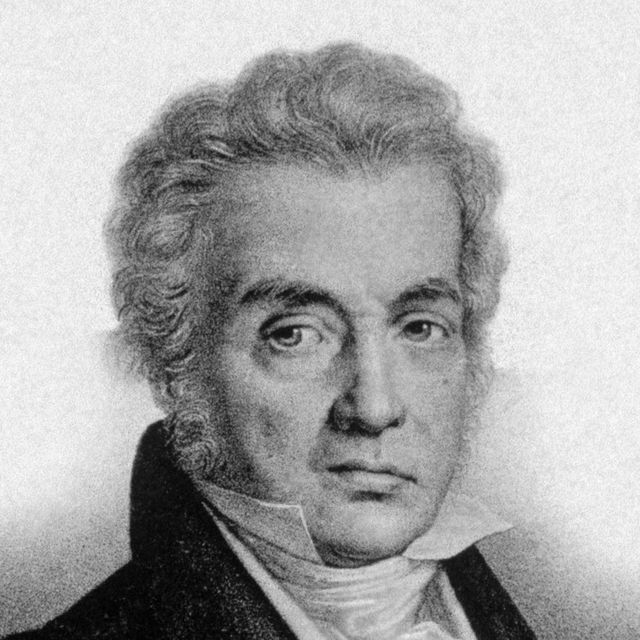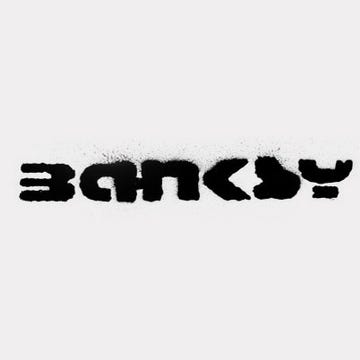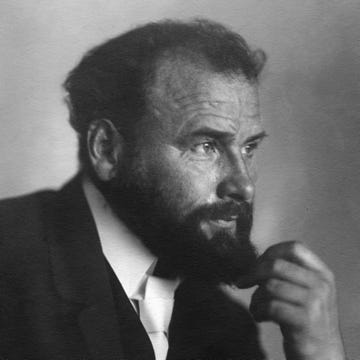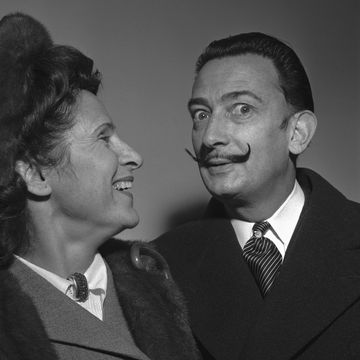(1748-1825)
Who Was Jacques-Louis David?
Jacques-Louis David was a painter of great renown as his style of history painting helped end the frivolity of the Rococo period, moving art back to the realm of classical austerity. One of David's most famous works, "The Death of Marat" (1793), portrays the famous French Revolutionary figure dead in his bath after an assassination.
Early Life
David was born on August 30, 1748, in Paris, France. His father was killed in a duel in when David was 9 years old, and the boy was subsequently left by his mother to be raised by two uncles.
When David showed an interest in painting, his uncles sent him to François Boucher, a leading painter of the time and family friend. Boucher was a Rococo painter, but the Rococo era was giving way to a more classical style, so Boucher decided to send David to his friend Joseph-Marie Vien, a painter more in tune with the neoclassical reaction to Rococo.
By age 18, the gifted young artist was enrolled at the Académie Royale (Royal Academy of Painting and Sculpture). After several failures in competitions and finding more discouragement than support, during a period that included a suicide attempt (apparently by avoiding food), in 1774, he finally obtained the Prix de Rome, a government scholarship that ensured well-paid commissions in France. Also included in the scholarship was a trip to Italy, and in 1775, he and Vien went to Rome together, where David studied Italian masterpieces and the ruins of ancient Rome.
Before he left Paris, he proclaimed, "The art of antiquity will not seduce me, for it lacks liveliness," and the works of the great masters almost held him to his word, such was the pull of their genius. Instead, though, he became interested in the Neoclassical ideas originated in Rome by, among others, German painter Anton Raphael Mengs and art historian Johann Joachim Winckelmann.
Back in Paris in 1780, and to much acclaim, David exhibited "Belisarius Asking Alms," in which he combined his own approach to antiquity with a Neoclassical style reminiscent of Nicolas Poussin. In 1782, David married Marguerite Pécoul, whose father was an influential building contractor and the superintendent of construction at the Louvre. David began to prosper at this point, and he was elected to the Académie Royale in 1784 on the heels of his "Andromache Mourning Hector."
A Rising Figure in the Art World
That same year, David returned to Rome to complete "Oath of the Horatii," whose austere visual treatment — somber color, frieze-like composition and clear lighting — was a sharp departure from the prevailing Rococo style of the time. Exhibited in the official Paris Salon of 1785, the painting created a sensation and was regarded as a declaration of an artistic movement (revival, in fact) that would put an end to the delicate frivolity of the Rococo period. It also came, before too long, to symbolize the end of aristocratic corruption and a return in France to the patriotic morals of republican Rome.
In 1787, David displayed "Death of Socrates." Two years later, in 1789, he unveiled "The Lictors Bringing to Brutus the Bodies of His Sons." At this point, the French Revolution had begun, and, thusly, this portrayal of Brutus — the patriotic Roman consul who ordered the deaths of his traitorous sons to save the republic—took on political significance, as did David himself.
The French Revolution
In the early years of the Revolution, David was a member of the extremist Jacobin group led by Maximilien de Robespierre, and he became an active, politically committed artist involved in a good deal of revolutionary propaganda. He produced such works as "Joseph Bara", the sketched "Oath of the Tennis Court" and "Death of Lepeletier de Saint-Fargeau" during this period, all with revolutionary themes marked by martyrdom and heroics in the face of the establishment.
David's revolutionary inspiration is ultimately best represented by "The Death of Marat," painted in 1793, soon after the murder of revolutionary leader Jean-Paul Marat. This so-called "piet of the Revolution" is considered David's masterpiece. As one modern critic put it, the piece is "a moving testimony to what can be achieved when an artist's political convictions are directly manifested in his work." Marat became an instant political martyr while the painting became a symbol of sacrifice in the name of the republic.
Elected to the National Convention in 1792, David voted for the execution of Louis XVI and Marie Antoinette. By 1793, David, having gained much power through his association with Robespierre, was effectively the art dictator of France. Once in this role, he promptly abolished the Académie Royale (whether out of spite for his struggles there years before, or by a desire for a complete overhaul of every system in place, remains unclear).
Post-Revolution and Later Years
By 1794, Robespierre and his revolutionary allies had gone too far in silencing counter-revolutionary voices, and the people of France began to question his authority. In July of that year, it came to a head, and Robespierre was sent to the guillotine. David was arrested, remaining in prison until the amnesty of 1795.
Upon release, David devoted his time to teaching. With the same energy he had spent on revolutionary politics, he trained hundreds of young European painters, among them such future masters as Franois Gérard and Jean-Auguste-Dominique Ingres. (Some 60 years later, Eugene Delacroix would refer to David as the "father of the whole modern school.") He also became the official painter of Napoleon I.
David had admired Napoleon since their first meeting and sketched him for the first time in 1797. After Napoleon's coup in 1799, he commissioned David to commemorate his crossing of the Alps: David painted "Napoleon Crossing the Saint-Bernard" (also known as "Napoleon Crossing the Alps"). Napoleon named David court painter in 1804.
After Napoleon fell in 1815, David was exiled to Brussels, Belgium, where he lost much of his old creative energy. Ten years into his exile, he was struck by a carriage, sustaining injuries from which he would never recover.
Death
David died on December 29, 1825, in Brussels, Belgium. Because he had participated in the execution of King Louis XVI, David was not allowed to be buried in France, so he was buried at Evere Cemetery in Brussels. His heart, meanwhile, was buried at the Père Lachaise Cemetery in Paris.
QUICK FACTS
- Name: Jacques-Louis
- Birth Year: 1748
- Birth date: August 30, 1748
- Birth City: Paris
- Birth Country: France
- Gender: Male
- Best Known For: Jacques-Louis David was a 19th-century painter who is considered to be the principal proponent of the Neoclassical style. His most famous works include "The Death of Marat" and "Napoleon Crossing the Alps."
- Industries
- Art
- Astrological Sign: Virgo
- Schools
- Collège des Quatre-Nations
- Académie Royale (Royal Academy of Painting and Sculpture)
- Nacionalities
- French
- Death Year: 1825
- Death date: December 29, 1825
- Death City: Brussels
- Death Country: Belgium
Fact Check
We strive for accuracy and fairness.If you see something that doesn't look right,contact us!
CITATION INFORMATION
- Article Title: Jacques-Louis David Biography
- Author: Biography.com Editors
- Website Name: The Biography.com website
- Url: https://www.biography.com/artists/jacques-louis-david
- Access Date:
- Publisher: A&E; Television Networks
- Last Updated: April 13, 2021
- Original Published Date: April 2, 2014
QUOTES
- The art of antiquity will not seduce me, for it lacks liveliness.












